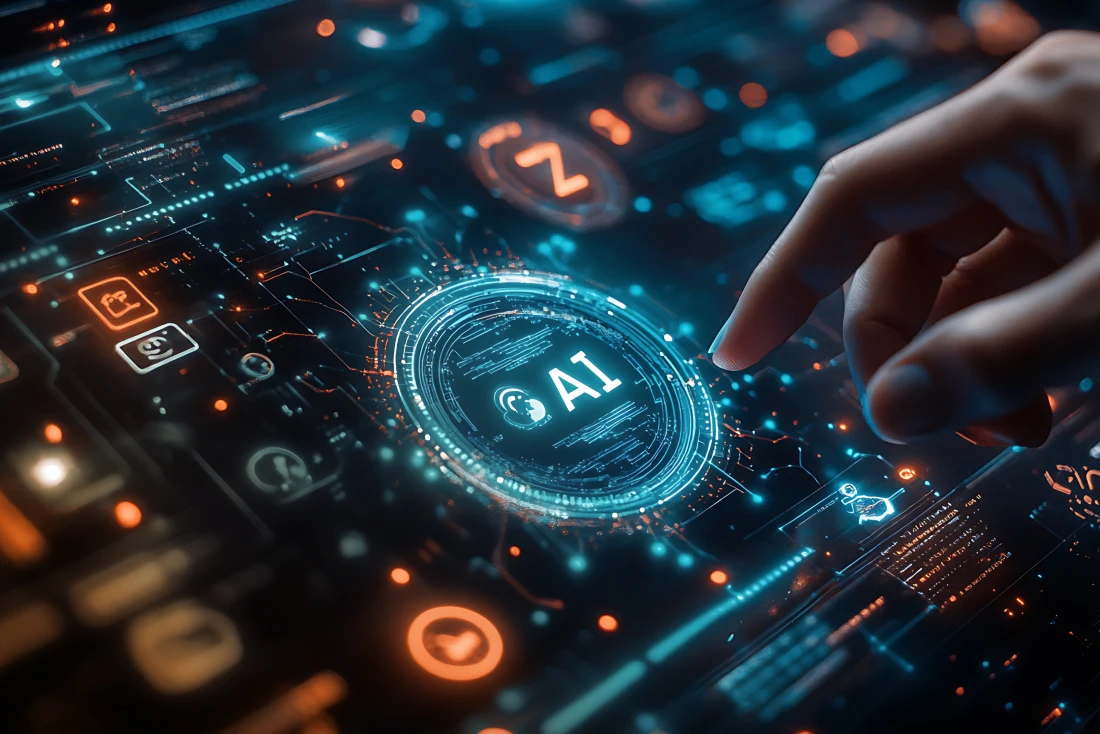The scale of modern IT is outpacing human capacity. Microservices, multi-cloud deployments, and the Internet of Things (IoT) have created a complex IT ecosystem, generating an exponential volume of operational data. Traditional operations teams, regardless of their skill, struggle to keep up.
Because of this, forward-looking leaders are adopting AIOps in IT, not as an upgrade, but as a foundational shift. From Security Operations (SecOps), Network Operations (NetOps), and Development Operations (DevOps), AIOps is now the connective tissue that keeps enterprise infrastructure resilient, responsive, and intelligent.
This is no longer experimental. In this piece, we unpack what AIOps actually enables, where the real value lies, and how autonomous operations are redefining what “real-time IT” actually means.
How Does AIOps Redefine Traditional IT Management?
Artificial Intelligence for IT Operations represents the strategic application of machine learning, big data analytics, and automation to IT. It transforms operations from a reactive and manual function into a proactive, predictive, and automated discipline. This enables systems to anticipate and resolve issues before they impact business services. Here are the key components that enable this transformation:
- Cross-Domain Data Ingestion and Analytics: This involves aggregating vast, siloed data sets, including logs, metrics, and traces. It provides a unified and contextualized view of the IT environment for comprehensive analysis.
- Topology Assembly and Dependency Mapping: AIOps dynamically discovers and maps the complex relationships between applications and infrastructure components. This context is essential for accurately assessing the business impact of any event.
- Advanced Pattern Recognition and Predictive Analytics: Machine learning algorithms analyze real-time and historical data to identify subtle anomalies. These patterns are often precursors to significant service disruptions, enabling predictive intervention.
- Automated Root Cause Analysis and Remediation: The platform automates the diagnostic process, moving beyond simple alerts to pinpointing the definitive root cause analysis of a problem. It can then trigger automated workflows to execute a resolution.
The stark contrast between traditional IT management and AIOps is evident in their core methodologies, as outlined below:
Comparison: Traditional IT Operations vs. AIOps
What Does a Future of Truly Autonomous IT Operations Look Like?
When AIOps matures into full autonomy, the operational model shifts from assisted management to independent system governance. This unlocks a new level of operational potential:
- Self-Healing Infrastructure: Systems can anticipate failures based on subtle signals. They pre-emptively re-route traffic or provision resources before any user impact is felt.
- Proactive Anomaly Detection: AI constantly monitors performance telemetry. It identifies and remediates deviations from the norm in real-time without requiring human approval.
- Continuous Optimization: Algorithms dynamically adjust resource allocation across the infrastructure. This ensures optimal performance and cost-efficiency, responding instantly to fluctuating demand.
However, this progression toward full autonomy is not without its challenges. Business leaders must navigate significant risks and thoughtfully address inherent limitations.
- Loss of Human Oversight: Complete automation requires robust governance and "guardrail" policies. This prevents catastrophic errors and ensures alignment with business objectives.
- Algorithmic Bias and Explainability: The "black box" nature of some AI creates challenges. Leaders must be able to trust the decisions they make and ensure that they are fair, transparent, and auditable.
- Evolving Role of IT Teams: The focus for human teams shifts from performing manual tasks. They become strategic overseers of the AI, managers of exceptions, and drivers of innovation.
At this stage, Intelligence as a Service governs the enterprise. It standardizes how intelligence is built, distributed, and scaled across every domain. Rather than managing servers or workflows, organizations orchestrate intelligence flows that connect strategy to execution.
Human oversight remains essential. Teams supervise model governance, ensure transparency, and shape the ethical and strategic boundaries of automation. The role of the IT organization evolves from executor to designer of digital intelligence.
How Will Autonomous Operations Reshape Executive Leadership and Strategy?
When intelligence becomes a continuous input to decision-making, the C-suite transitions from crisis management to value creation.
Intelligence as a Service delivers real-time insight across the enterprise. Strategy execution becomes dynamic, guided by live intelligence rather than static reports. Leaders focus on governance, ethical alignment, and performance outcomes, while systems deliver precision at scale.
This model demands a new form of accountability. Executives set strategic intent, and AI systems operationalize it with measurable outcomes. Decision rights shift toward transparency, explainability, and outcome-based stewardship. The enterprise becomes a living, learning organization that adapts in motion.
Leadership excellence is redefined by the ability to govern intelligence itself - its accuracy, fairness, and contribution to business performance.
How iOPEX Accelerates the Shift to Autonomous Intelligence
Realizing AIOps requires a partner who can transform AI theory into operational intelligence. iOPEX delivers this capability through Intelligence as a Service.
Our engineering framework embeds intelligence into every layer of enterprise operations. Command Agents act as the execution core, managing decisions and actions across IT and business systems. ElevAIte governs data, prompts, and learning models to ensure precision and compliance. Creator Studio enables scalable design, deployment, and evolution of AI agents across diverse environments.
These proprietary AI Agents are custom-engineered to learn from your unique operational data, feedback loops, and business context, ensuring relevance and precision in every action. As your operational needs become more complex, the autonomous capabilities grow in sophistication, ensuring sustained value delivery over the long term.
iOPEX uniquely combines world-class engineering excellence with decades of deep operational experience. We accelerate your transformation from basic automation to true autonomy, ensuring the transition is strategic, secure, and fully aligned with your core business objectives for resilience and growth.
The next competitive edge lies in orchestrating intelligence, not infrastructure. Speak with iOPEX experts to assess where your organization stands on the journey to autonomous operations.










